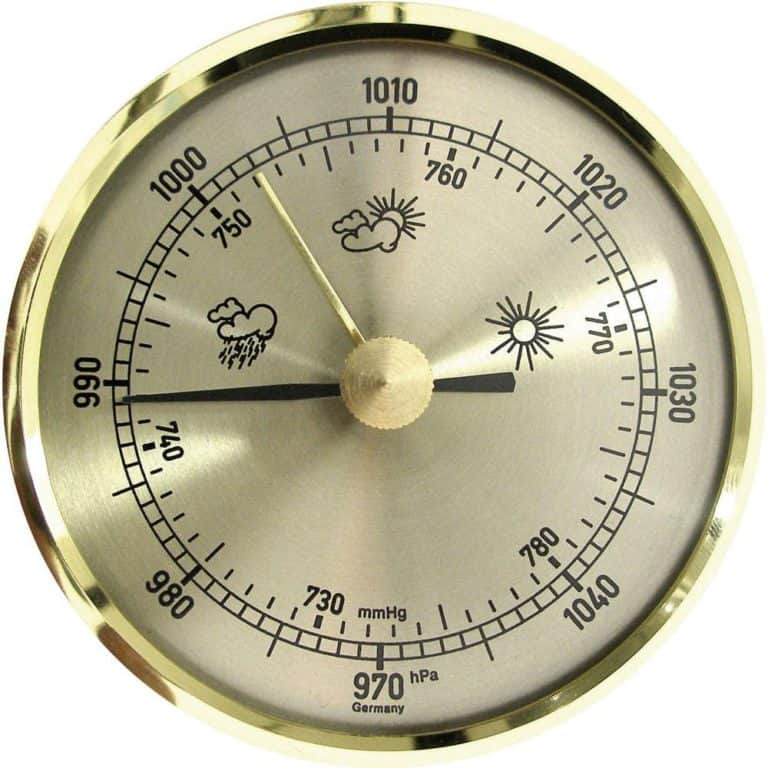Sommergrubling: Hva vil skje hvis du hopper ned i et hull tvers gjennom Jorden til den andre siden?
Dette er jo en aktuell problemstilling man har tid til å filosofere litt ekstra over, mens rolige jobbe- eller feriedager flyter fredfylt fremover.
Fortsatt god sommer!
If a hole is made right through Earth so it reaches the other side, what will happen when one jumps into it?
By James Card,
That’s a fun question!
The boring answer is, you couldn’t make such a tunnel with any imagineable equipment. And if you did, the tremendous weight of the Earth would slam down and close it up forever.
But that’s no fun, so let’s just assume you did make such a tunnel, from the South Pole to the North Pole, and jumped in.
Well, you’d fall a long ways. Because the tunnel was full of air, you’d only be able to reach a certain, slightly disappointing speed, and you’d reach it after falling just a few hundred feet. You’d fall for a long time! Geologists would very much envy the view.
I guesstimated how long it would take to reach the center of the Earth, ignoring some pretty major factors. I came up with 33 hours? It doesn’t matter though, because one major factor I ignored was, you’d start slowing down as you got deeper. You’d slow down continuously until you’d barely be moving when you fell down past the center if the Earth, than up and down would get switched around and you’d float slowly back down toward the center again. You’d come to rest pretty quick, then it would be a miserable 4,000 mile climb to get home. Luckily, the core of the earth is thousands of degrees of red hot molten iron and nickel, so you’d have died from the heat long ago and you wouldn’t have to climb it.
The speed problem is, air resists your movement as gravity pulls you down. The two forces balance out when you reach «terminal velocity» which is something like 200 km/hr (120 mph).
The other speed problem is, when you’re standing on the surface you have 100% of the mass beneath your feet, all cooperating to pull you in one direction. As you fell, you’d have less and less earth below you, and more and more above, and the Earth would start arguing about which way you should be pulled. The closer you got to the center, the less downward acceleration you would experience. At the center, the earth would finally agree that you should be pulled equally in all directions at once, so you’d go nowhere.
The other other speed problem is, as gravity pulled on you less and less, there would still be air resistance slowing you down the whole time. Terminal velocity for 1% of earth’s gravity in one atmosphere is a snail’s pace. Without actually doing any arithmetic, I’m guessing you’d fall for closer to 33 days than 33 hours.
The other other other speed problem is, the air would be getting thicker as you went deeper, so the terminal velocity would be more like a gimpy snail’s pace. It would also make the core of the planet an even more effective convection oven, so you’d be mercifully melted long before you got down to such a boring speed.
That was no fun after all, so to fix the speed problem let’s suck all the air out of the tunnel, and also fix the heat problem. Line the tunnel with duct tape maybe.
The more I think about it, the less sure I am. Well, I’m going to plow onward anyway. Please bear in mind how wrong I might be. And don’t try this at home.
So. Now when you jumped in the hole, if you remembered to bring a space suit, there would be no air to resist you, and no terminal velocity. You would continue to accelerate the whole way down to the center. The acceleration would decrease as you fell deeper and the earth started disagreeing about which way was up, but you wouldn’t slow down a bit. It’s totally more fun this way. If the earth didn’t argue, you’d fall toward the center for 800 seconds, and pass the center at about 30,000 km/hr. (If you were an American, it would only be 18,000 mph.) That’s about as fast as the Space shuttle.
But the earth -would- argue a lot, and it would really take much longer and you’d never get going that fast. I can’t do calculus anyway, let alone without a napkin, so I can’t give a better estimate of what the real time & speed would be, (can’t I just double the time, and halve the speed?) I’m gonna just say, based on probably being wrong, it’s 1600 seconds and 15,000 km/hr. (Americans fall just as long but, maybe because we are more obese, we only end up going 9,000 mph, which still ain’t bad.) Idk if my thinking is right in the slightest on those numbers btw, but I know the numbers are wrong.
This way is more fun because with no friction you would not just crawl to a stop (and the duct tape would keep you from broiling). You would fly down then up through the core at crazy high speeds, and keep going, slowing down all the way, until you got almost all the way to the surface again.
You would end up as Earth’s only internal satellite, orbiting right through the center of the planet. If you ignore a bunch of little stuff like tidal forces and rotation and magnetism and thermal emissions and hunger and the half life of duct tape, you could do it forever. How fun is that?
Mmm, but I could have gone wrong somewhere. I’ve never actually done this in real life so I’m no expert. If someone has a better idea, I’d love to hear it before I start digging and make a fool out of myself.
Fortsatt nysgjerrig?
What will happen when a ball is dropped in a tunnel that passes through the center of the Earth?
To add the rotational part and hence an initial linear velocity at earth’s surface, lets assume we drop the ball on equatorial plane. Also lets assume the ball drills its own path through the fall. Its trajectory will be an ellipse with its center at the earth’s center (Skipping the calculus here [1]). The time period will still be 84.6 minutes, while the ball misses the center of earth by more than 300 km.
For a non rotating observer in the space, the path will look like the following when we observe directly above the north pole.
Now imagine, we confine this ellipse in the hole in the question. As we move towards the center, the linear velocity of the hole wall is lesser than the linear velocity at which the ball was moving on earth’s surface ( v=r x angular velocity, R>r => v(surface)>v(hole wall downwards)). So the ball will collide with the hole wall after some time. What happens next, depends on the collision. Depending on the material of the ball and hole coating, if the collisions are elastic, the ball will bounce in a jig jag way moving downwards, and from the other end it will move back in another jig jag fashion. Note that the inclination of the hole wall will be changing till 24 hours, and so the points of collision. Now if the collisions are inelastic, the ball will not rebound but keep sliding along the wall. Here Coriolis force will have an extra effect on the ball and change its velocity.
Now if you want a hole so that the ball never collides with the wall as the earth keeps rotating, lets consider the frame of reference for an observer on earth. For the guy who dropped the hole, the ball will keep returning 2,360 km west of the previous surfacing point. You can imagine this by thinking that by the time the ball completes its elliptical path to get back to the initial point, the drop point has rotated along with earth towards east by 2,360 km. That would make the hole look like a star. (Note that the illustration here is not really good, I got a value of 17.02 arms which doesn’t seem aesthetic, and a sphirographic spiral looks far better)
Additional fact: The topic was discussed a lot of times by Galileo, Hooke and Newton. They thought that by observing the path, they could prove that the earth rotates. Later some theorists devised, (As far as I remember, there were plans in Russia) to dig such tunnels between major cities and use just gravity to make trains move between them. And they will have the same time periods, whether you go from New York to San Francisco or New York to Tokyo. The optimal path for the tunnel can be traced by a point on a circle that rolls on the inner surface of earth.








